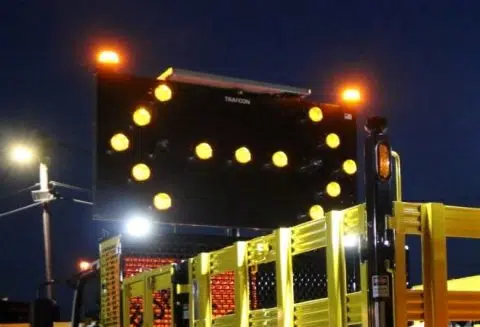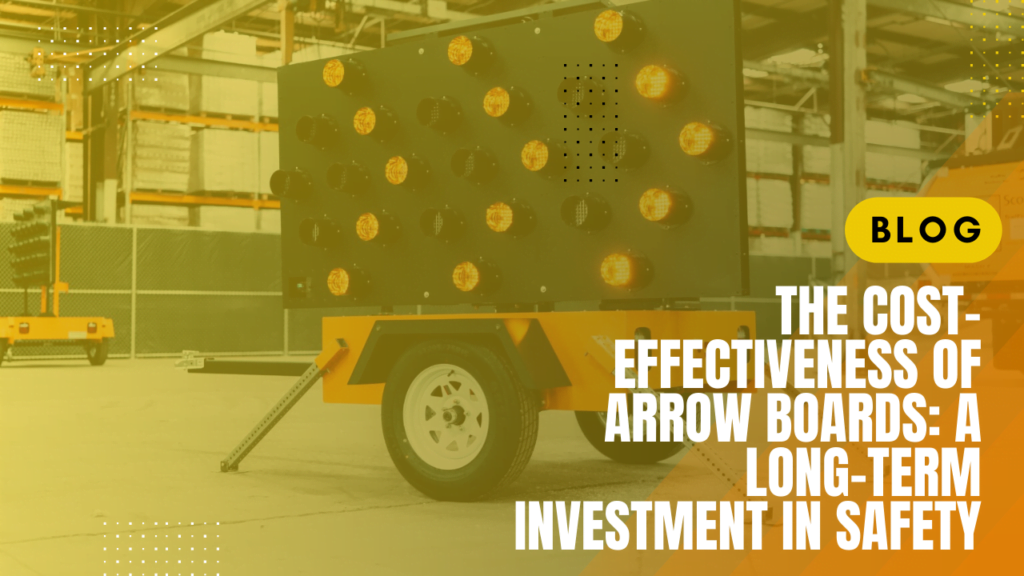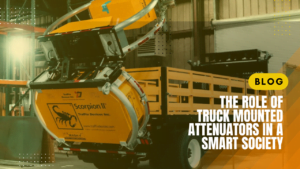In traffic management, arrow boards for work zones have become indispensable tools for ensuring safety. These electronic signs guide motorists through construction sites, playing a pivotal role in reducing accidents and improving road safety. Their value as long-term investments extends beyond the initial purchase, encompassing durability, low maintenance costs, and potential savings over time. This article explores the functionality, types, and benefits of arrow boards while highlighting their importance in enhancing traffic control.

What Are Arrow Boards and How Do They Contribute to Traffic Control?
Understanding Arrow Boards for Work Zones
Arrow boards are electronic devices equipped with LED lights that display directional signals. Commonly used in construction and maintenance zones, these boards provide clear visual cues to motorists. They address the challenges posed by temporary traffic setups, ensuring smooth traffic flow and reducing confusion among drivers. In work zones, where unexpected lane closures or detours disrupt normal traffic patterns, arrow boards are essential for maintaining safety and efficiency.
Enhancing Road Safety with Arrow Boards
Arrow boards enhance road safety by alerting drivers to potential hazards, lane changes, and detours. Strategically placed boards warn motorists in advance, giving them time to adjust speed or change lanes. By providing real-time updates, these boards prevent accidents in high-risk areas, such as construction zones and highway maintenance sites. Their ability to ensure visibility in all lighting and weather conditions further strengthens their role in traffic safety.
What Types of Arrow Boards Are Available for Highway Construction?
Standard vs. Smart Arrow Boards
Arrow boards come in two main categories: standard and smart. Standard arrow boards offer basic functionalities, such as displaying directional arrows and caution messages. Smart arrow boards integrate advanced technologies like real-time traffic data, remote control, and automated adjustments based on traffic conditions. While standard boards suffice for smaller projects, smart boards excel in dynamic traffic environments, offering enhanced control and efficiency.
Advantages of Solar-Powered Arrow Boards
Solar-powered arrow boards provide an eco-friendly alternative to traditional electric models. Equipped with solar panels, these boards reduce dependency on external power sources, lowering operational costs. Their durability ensures functionality in diverse weather conditions, making them a reliable choice for long-term projects. Additionally, their contribution to reducing carbon footprints aligns with modern sustainability goals, making them popular among environmentally conscious construction companies.
How Do Arrow Boards Save Costs in Roadway Projects?
Initial Costs vs. Long-Term Savings
Investing in high-quality arrow boards involves a significant upfront cost, but long-term savings justify the expense. By preventing accidents and streamlining traffic flow, these boards reduce liabilities and operational delays. The decrease in repair costs and insurance premiums underscores their cost-effectiveness. For extended projects, their durability ensures functionality without frequent replacements or repairs, maximizing return on investment.
Minimizing Maintenance Costs
Durability is a key factor in evaluating arrow boards’ cost-effectiveness. High-quality models withstand harsh weather and repeated use, minimizing maintenance requirements. By investing in durable equipment, construction firms avoid recurring expenses associated with frequent repairs, ensuring operational reliability throughout the project.
Energy Efficiency and Cost Savings
Energy efficiency plays a critical role in the cost-effectiveness of arrow boards. Solar-powered models are particularly advantageous, eliminating continuous energy costs from traditional power supplies. Their energy-efficient design reduces operational expenses and supports sustainability goals, offering financial and environmental benefits.
Best Practices for Managing Traffic with Arrow Boards
Strategic Placement for Maximum Visibility
Proper placement is essential for effective traffic management. Arrow boards should be positioned at key points where motorists can see them well before lane closures or detours. Clear and concise messages enhance safety by reducing driver confusion.
Real-Time Adjustments
Real-time adjustments to arrow board messages enable traffic controllers to respond swiftly to changing conditions. For instance, sudden congestion can prompt updates to redirect vehicles or implement additional lane closures. This flexibility is vital for maintaining safe and efficient traffic flow.
Monitoring Traffic Patterns
Monitoring traffic patterns is crucial for optimizing arrow board use in work zones. Data from these boards provide insights into motorist behavior, helping refine traffic control strategies for future projects. Continuous monitoring ensures effective adjustments that enhance road safety.
Why Choose Arrow Boards for Work Zones?
Arrow boards are indispensable in work zones, offering a combination of safety, efficiency, and cost-effectiveness. Their adaptability to various traffic scenarios makes them versatile tools for construction and maintenance projects. By investing in arrow boards, companies can ensure safer roadways, smoother traffic flow, and reduced operational costs—a win-win for all stakeholders.
For reliable arrow boards and message boards, contact Western Highways Traffic Safety or visit us HERE.




